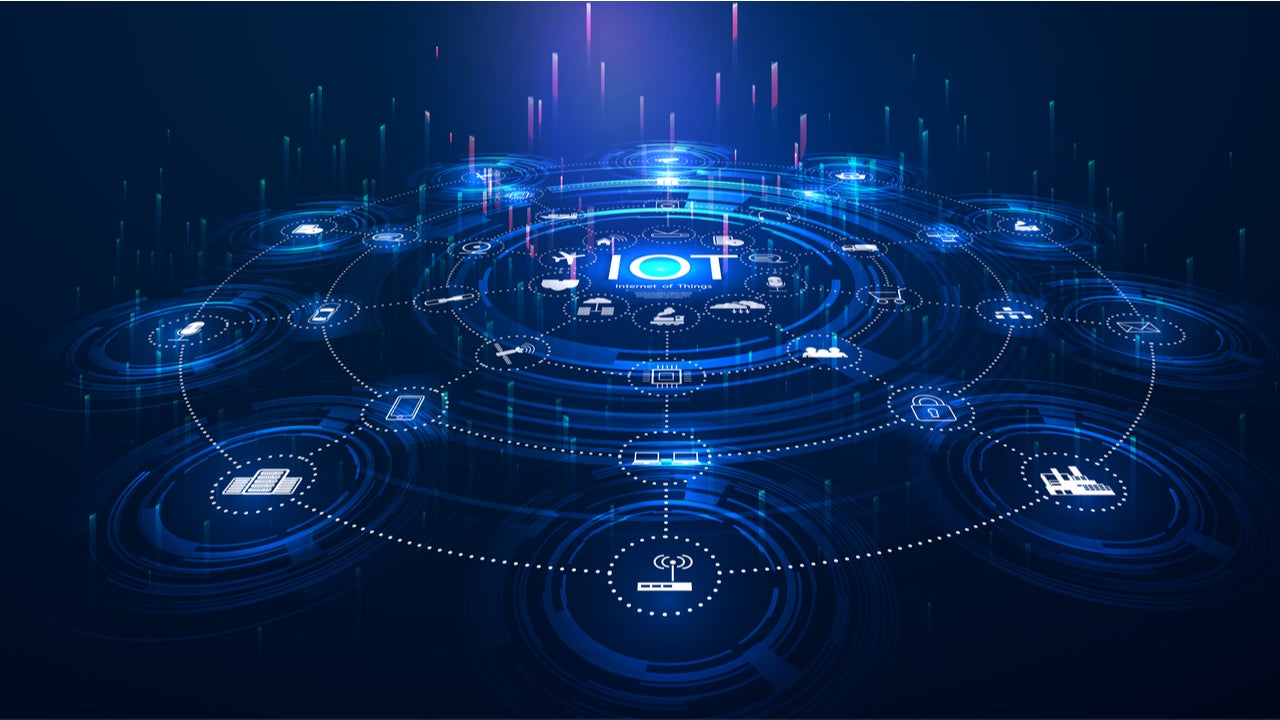
IoT and AI lead as Verdict lists five of the most popular tweets on the internet of things (IoT) in Q1 2022 based on data from GlobalData’s Technology Influencer Platform.
The top tweets are based on total engagements (likes and retweets) received on tweets from more than 150 IoT and AI experts tracked by GlobalData’s Technology Influencer platform during the first quarter (Q1) of 2022.
The most popular tweets on IoT in Q1 2022: Top five
1. Dr. Omkar Rai’s tweet on the role of IoT and AI in aquaculture sector
Dr Omkar Rai, ex director general of the Software Technology Parks of India (STPI), an autonomous society of the Government of India’s Ministry of Electronics & Information Technology, shared an article on how IoT and artificial intelligence (AI) are being used in the fisheries industry. The article detailed that the technologies can be used to improve land-based fish farms and wild fishing worldwide and ensure global food security by implementing cost-effective and long-term practices.
Some of the use cases of IoT technology in aquaculture include ensuring the sustainability of wild fish and seafood supply through underwater IoT devices, drones, and satellite photography and ensuring fish welfare by using IoT sensors to collect data. IoT can also be used to improve the location and timing of fishing, feed optimisation to cut costs, boost efficiencies, and maintain fish health and water quality, apart from harvest enhancement to gain premium returns.
Username: Dr. Omkar Rai
How well do you really know your competitors?
Access the most comprehensive Company Profiles on the market, powered by GlobalData. Save hours of research. Gain competitive edge.

Thank you!
Your download email will arrive shortly
Not ready to buy yet? Download a free sample
We are confident about the unique quality of our Company Profiles. However, we want you to make the most beneficial decision for your business, so we offer a free sample that you can download by submitting the below form
By GlobalDataTwitter handle: @Omkar_Raii
Likes: 130
Retweets: 119
2. Roberto Demidchuk’s tweet on IoT technology trends for 2022
Roberto Demidchuk, chief information officer at steel producer Ternium, shared an article on the ten IoT trends to look out for in 2022. The article noted that the cloud was gaining traction with respect to IoT platforms and software, with the increase in cloud-native applications and the shift towards edge platforms. Additionally, securing IoT devices and data will become a major concern for vendors and users alike.
The top IoT trends for the year include the technology’s integration into sustainable solutions to reduce energy costs and monitor failure points. Secondly, the platform hype is shifting from the cloud to the edge. Technology company Dell, for example, collaborated with Litmus, a flexible and scalable IoT platform, to help organisations operate at the whole of the industrial internet of things (IIoT) edge with a secure connection from the floor to the cloud.
Likewise, IIoT efforts are expected to transform manufacturing by supplying data for timely decision-making and managing assets. Furthermore, cloud-native applications are expected to increase, along with hyper automation that will transform operations and processes. The article detailed that 5G will become IoT ready in 2022 and secure remote access to assets will become more important. The other IoT trends include the introduction of immersive realties in working environments, the growth of invisible AI and development of more efficient AI algorithms.
Username: Roberto Demidchuk
Twitter handle: @R_Demidchuk
Likes: 84
Retweets: 199
3. Jim Harris’ tweet on IoT connections to surge over the next years
Jim Harris, a disruptive innovation speaker and columnist, shared an infographic detailing a surge in IoT connected devices by 2025. Harris tweeted that there will be 25 billion connected devices by 2025, with the IoT revenue opportunity to reach $1.1tn. Cellular connections are also expected to rise to 3.1 billion in 2025 compared to 760 million in 2018. The GSMA Internet of Things programme, which aims to assist network carriers add value to the new connected devices and services in IoT, is using new levers to scale-up IoT and make the connected world a reality.
The programme is covering machine-friendly, cost-effective networks to deliver global and universal advantages by providing the capabilities to capture high-value services at scale. It is also implementing cybersecurity tools to support a reliable IoT connection where security is embedded at every level of the IoT value chain, the infographic detailed.
Username: Jim Harris
Twitter handle: @JimHarris
Likes: 56
Retweets: 41
4. Andreas Staub’s tweet on the role of IoT in healthcare
Andreas Staub, head of corporate development and digital transformation at Raiffeisen, a banking company, shared a predictive model analysis on the role of IoT and big data in healthcare. The research paper highlighted the role of IoT in revolutionising modern healthcare management by enabling a collection of devices to communicate wirelessly with the assistance of various apps and devices. IoT helps in connecting patients and healthcare providers to aid in the diagnosis, tracking, monitoring, and buffering of essential data and other important medical documents.
Remote health monitoring is an important IoT application in healthcare, wherein smart devices are embedded to track a patient’s vital statistics, such as blood pressure, heart rate, and other data, the paper detailed. IoT technology can also be used to produce up-to-date information regarding medication needs that can be recorded and saved for analysis and future use, which helps in assessing the effectiveness of a medicine under certain conditions.
Furthermore, IoT can be used for emergency notifications on patients’ conditions, and can continuously help track and examine senior citizens’ medical conditions. It can also help in monitoring the progress of chronic diseases and organising recurring medications requirements, the paper highlighted.
Username: Andreas Staub
Twitter handle: @andi_staub
Likes: 46
Retweets: 42
5. Dr. Sally Eaves’ tweet on IoT-related security challenges
Dr. Sally Eaves, senior policy advisor at a cybersecurity think tank Global Foundation for Cyber Studies and Research, shared an article on addressing IoT security challenges and the shifting economics of cybersecurity. The article detailed that the number of IoT connections in the UK alone is expected to reach 39.9 million by 2024, opening up new opportunities for innovation while also creating new risks for consumers and businesses. As a result, overcoming IoT-related security challenges has become a top priority for device makers, silicon vendors, and software providers alike.
Some of the key IoT security challenges include the increasing scope and scale of attacks across IoT devices, with an average of 5,200 attacks taking place every month and leading to seven million data records being comprised per day. In the healthcare sector, for example, 82% of healthcare systems reported IoT cyberattacks in the last 18 months. The average cost of a successful IoT device attack can be more than $330,000, with damages ranging beyond financial loss to data loss, loss of reputation, and trust, the article detailed.
Username: Dr. Sally Eaves
Twitter handle: @sallyeaves
Likes: 45
Retweets: 53



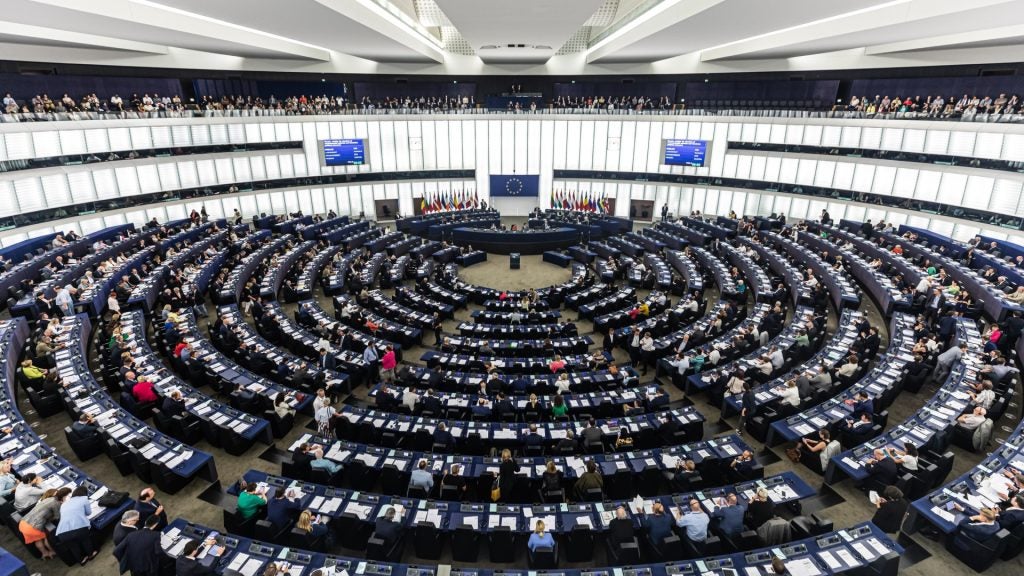
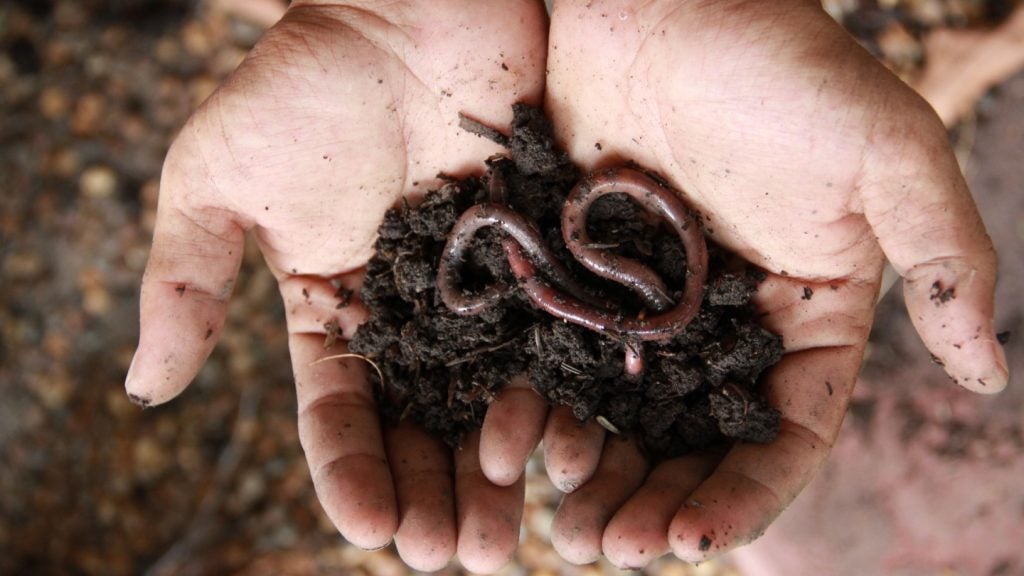
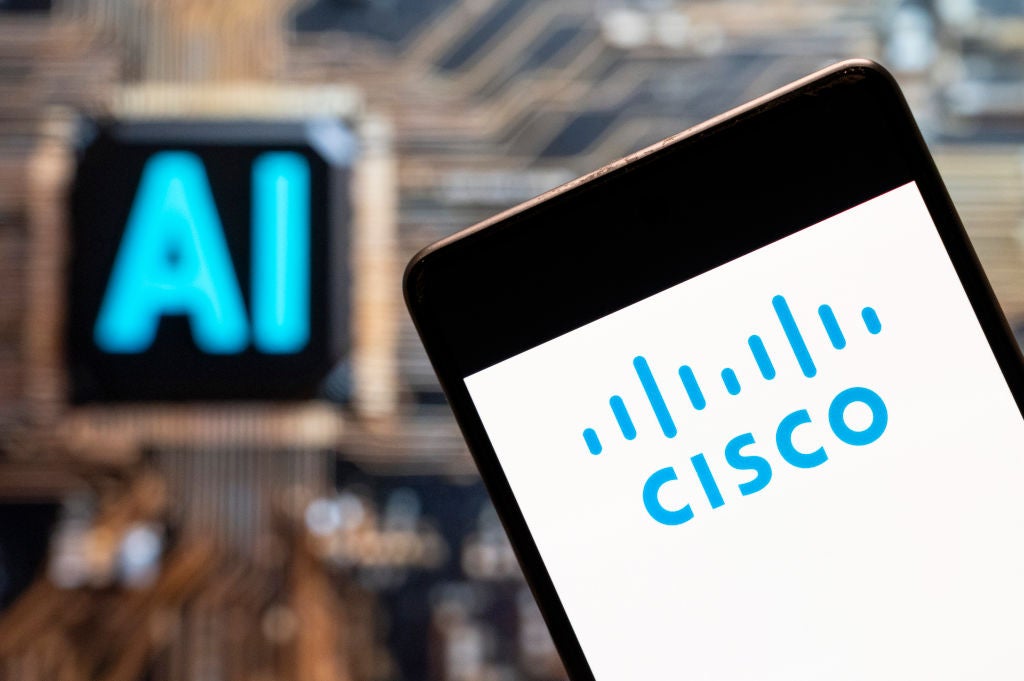
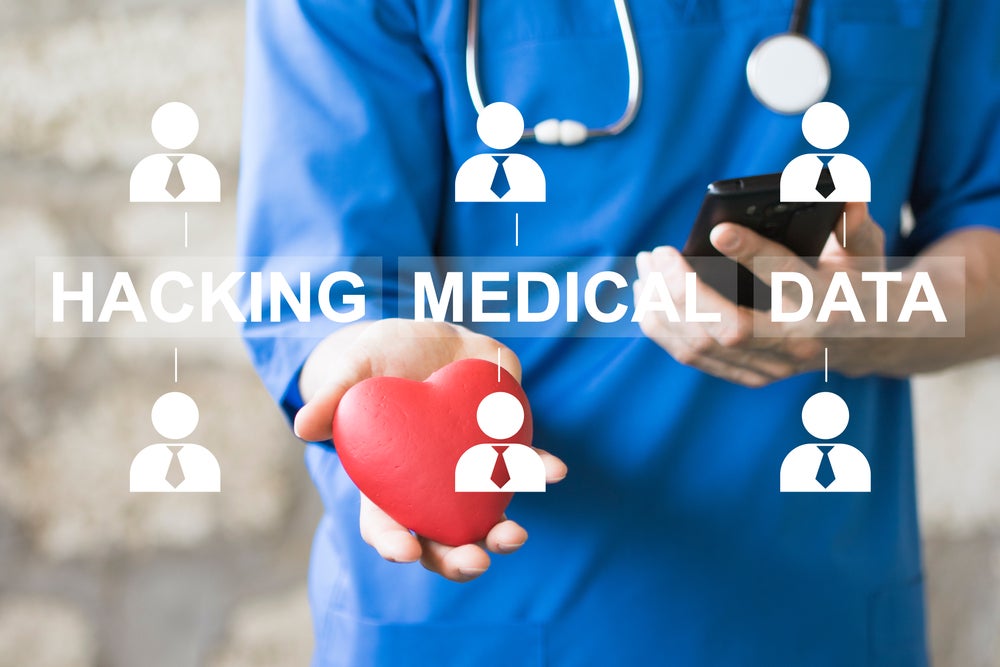

Related Company Profiles
Ternium SA